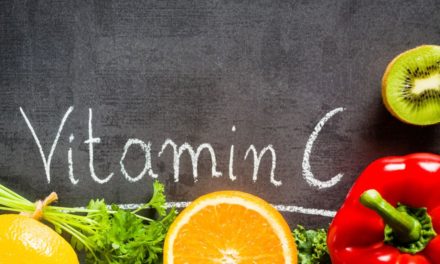Dioxins are the most toxic organic chemicals in the environment, secondary only to radioactive waste. They find their way into the environment as a by-product from the manufacture or burning of organic chemicals that contain chlorine. They can be deleterious to health in levels as low as a few parts per trillion. They are powerful endocrine disrupting chemicals. They bind to the cell’s hormone receptor, and literally modify the functioning and genetic mechanism of the cell. This can cause a wide variety of effects, including reduced immunity, nervous system disorders, miscarriages and birth deformity, or even cancer.
The major sources of dioxins are in our diet. Since dioxin is fat-soluble, it bioaccumulates; meaning that the higher up the food chain you go, the more dioxin in the food. Most Americans will receive 93% of their dioxin exposure from meat and dairy products. A study that was published in the Journal of Toxicology and Environmental Health (Part A 63:1-18 2001) tested foods purchased in US supermarkets for dioxins, dibenzofurans, and PCBs. They found that the highest dioxin toxic equivalent (TEQ) was farm-grown freshwater fish with 1.7 ppt (parts per trillion). TEQ concentration in ocean fish, beef, chicken, pork, eggs, cheese and ice cream were between .33 to .52 ppt. These levels are of concern because dioxins accumulate in our fat and it only takes very small amounts to cause damage.





